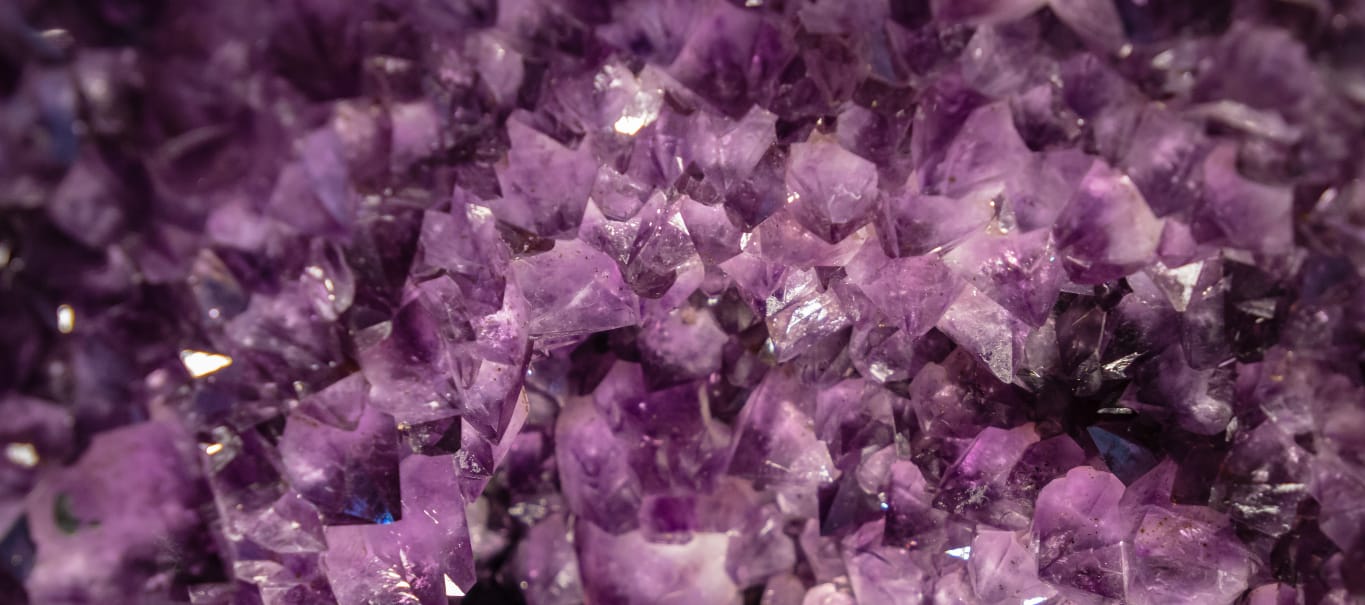What is a crystallographer?
Crystallographers look at the structure of crystal forms of material, such as metals, gases and biological molecules like proteins and viruses. Using X-rays and powder diffraction (diffracting the crystal in its powder form), they look to see if there’s correlation between the material’s structure and its properties. They use this information to manipulate the material, to give it different properties that benefit society. Without crystallographers, we wouldn’t have discovered penicillin, insulin or DNA.
Why should I become a crystallographer?
Crystallography is a very exciting field, and the research done by crystallographers is essential to our modern society. The physical chemist Rosalind Franklin was a crystallographer, and her work has helped us understand the structure of DNA. Today, crystallography can assist in: purifying water to make it safe to drink, tackling antibiotic resistance, finding cures for zoonotic (animal) diseases like swine flu.
What are the typical responsibilities of a crystallographer?
General responsibilities involve: conducting laboratory research, growing crystals for research purposes, describing new materials to support patent applications, applying mineral research to human processes, developing computer models and simulations of materials, and working on new software and hardware capabilities for faster data collection and analysis.
What skills do I need to be a successful crystallographer?
To be a successful crystallographer, you need excellent critical thinking skills, to apply your research skills to issues within society. Attention to detail is also important, as you’ll need to conduct experiments with minimal errors. Maths is also an asset, especially when conducting experiments or completing data analysis. Finally, written and verbal communication skills are key, in order to communicate your research findings to different audiences.
How do I become a crystallographer?
To become a crystallographer, you’ll typically take an undergraduate degree in materials science, chemistry, physics, biology, or a related subject. While it’s possible to enter the field with an undergraduate degree, the majority of employers will require a relevant postgraduate qualification. A master’s degree or a PhD in crystallography will allow you to specialise in your area of interest, and learn more about the sector.
Although undergraduate and postgraduate study are expensive, don’t let the cost hold you back. In addition to the undergraduate loan covering your tuition fees, the UK government offers students a postgraduate and/or doctoral loan. Master’s students can get up to £11,836, while postgraduate students can earn up to £27,892, and you don’t need to pay this back until after you’re earning a certain amount.
